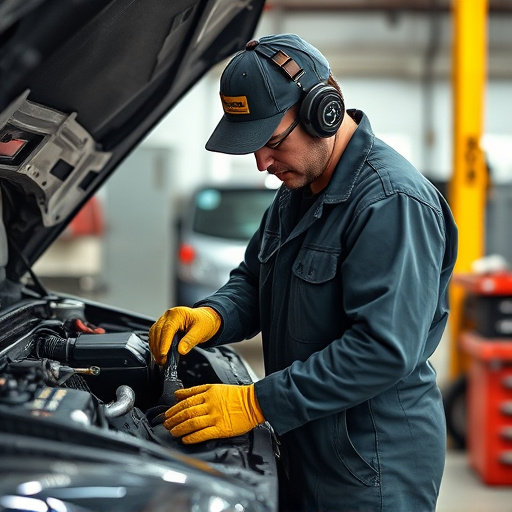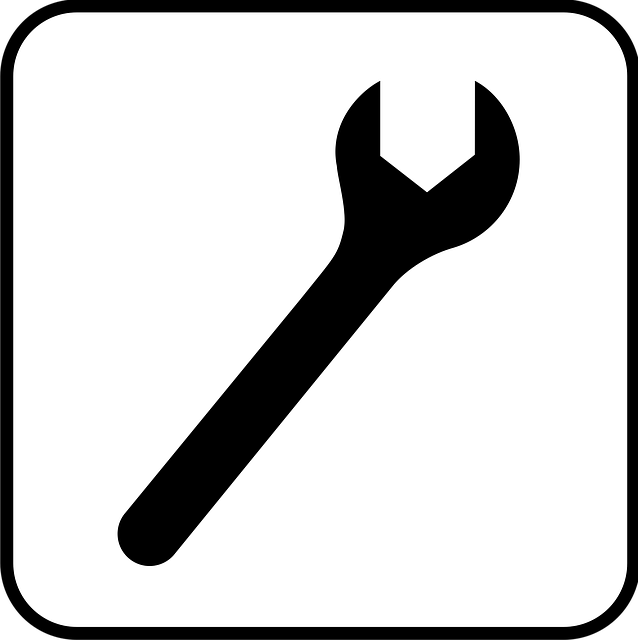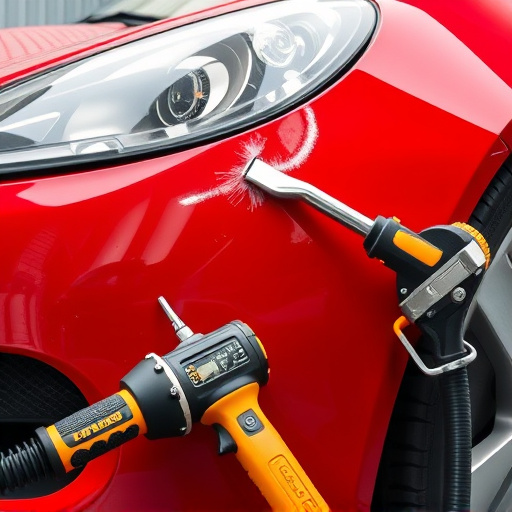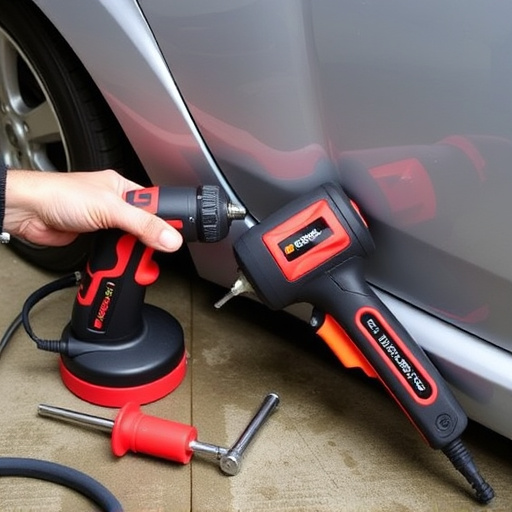Steering alignment after a collision is critical for safety and performance. Misalignment from crashes can cause handling issues, uneven tire wear, and reduced fuel efficiency. Reputable body shops use specialized equipment to correct misalignments, enhancing stability, optimizing efficiency, and prolonging tire lifespan. Regular checks (every 5,000-10,000 miles) and prompt attention after accidents are essential for driving safety beyond visible repairs.
Steering alignment is a crucial aspect of vehicle safety, especially after a collision. Understanding and addressing misaligned wheels can significantly enhance driving safety. This article explores essential aspects, such as what to expect post-collision in terms of steering alignment, the benefits of correcting misaligned wheels, and practical tips for maintaining optimal steering alignment. By the end, you’ll grasp why this often overlooked component plays a vital role in keeping you safe on the road.
- Understanding Steering Alignment After Collision
- Benefits of Correcting Misaligned Wheels
- Safety Tips for Maintaining Optimal Steering Alignment
Understanding Steering Alignment After Collision
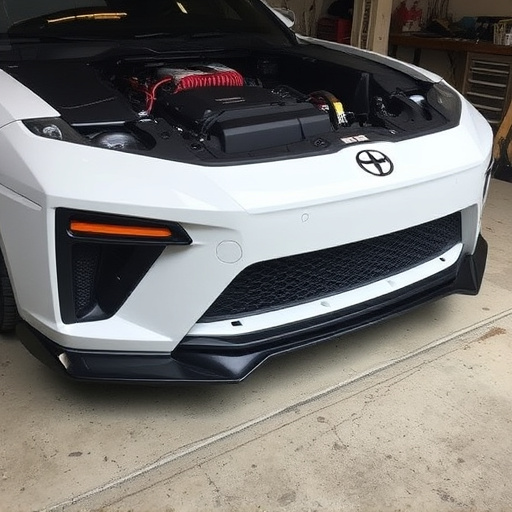
After a collision, one often overlooked aspect that can significantly impact driving safety is steering alignment. When a vehicle undergoes a crash, the impact can cause misalignment in its steering components. This issue may go unnoticed immediately after the incident, but left unaddressed, it can lead to unsafe handling and increased wear on tires.
A proper steering alignment ensures that all wheels are aligned correctly with each other and with the vehicle’s center of gravity. In a collision, this precision is disrupted, resulting in a misaligned steering system. Automotive repair experts at reputable automotive body shops or collision centers use specialized equipment to reassess and realign the vehicle’s steering components. This process not only enhances driving safety but also improves fuel efficiency and reduces uneven tire wear, ensuring your vehicle operates optimally on the road.
Benefits of Correcting Misaligned Wheels

Correcting misaligned wheels is an essential step in improving driving safety, especially after a collision. When wheels are out of alignment, it can lead to uneven tire wear, reduced handling, and even increased fuel consumption. By addressing this issue, drivers can ensure their vehicles track straight and respond accurately to steering inputs, enhancing overall control and stability on the road.
Steering alignment is crucial for maintaining proper contact between tires and the road surface, which is vital for safe driving. An auto collision center’s expert technicians use specialized equipment to precisely adjust wheel alignment, restoring it to its original specifications. This process, often part of automotive body work during vehicle repair, not only improves safety but also extends the lifespan of tires by minimizing their rapid degradation due to misalignment.
Safety Tips for Maintaining Optimal Steering Alignment
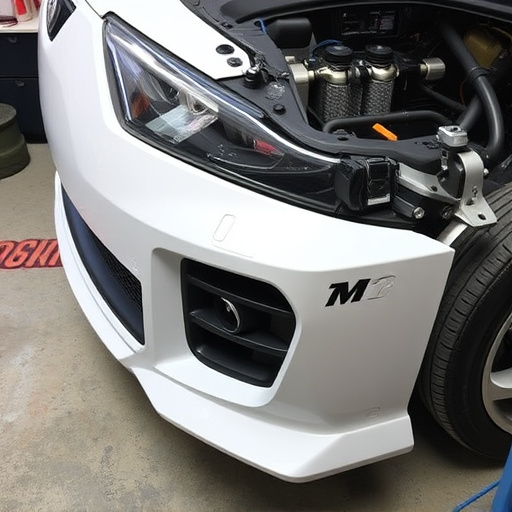
Maintaining proper steering alignment is an often-overlooked aspect of driving safety. After a collision, it’s crucial to have your vehicle checked for any misalignments that could impact handling and stability. A simple yet effective measure is regular wheel alignment checks, typically recommended every 5,000 to 10,000 miles or during major service intervals. This ensures the wheels are parallel to each other and perpendicular to the road, allowing for smooth, responsive steering.
If your vehicle has undergone a collision, don’t delay in addressing potential steering alignment issues. Skilled technicians can use advanced equipment to precisely adjust suspension components, correcting camber, caster, and toe angles. While repairs like vehicle paint repair or even vehicle dent repair may be more visible, proper steering alignment is a fundamental safety feature that goes unnoticed until it’s working optimally or not at all.
Proper steering alignment is not just about smooth rides; it’s a critical safety feature that can prevent accidents and reduce the impact of collisions. Understanding and addressing steering alignment issues, especially after a collision, is essential for ensuring long-term driving safety. By correcting misaligned wheels, you enhance control, improve vehicle stability, and minimize wear on tires and suspension components. Remember, regular maintenance and adherence to safety tips for optimal steering alignment can go a long way in keeping you and the road safe.




